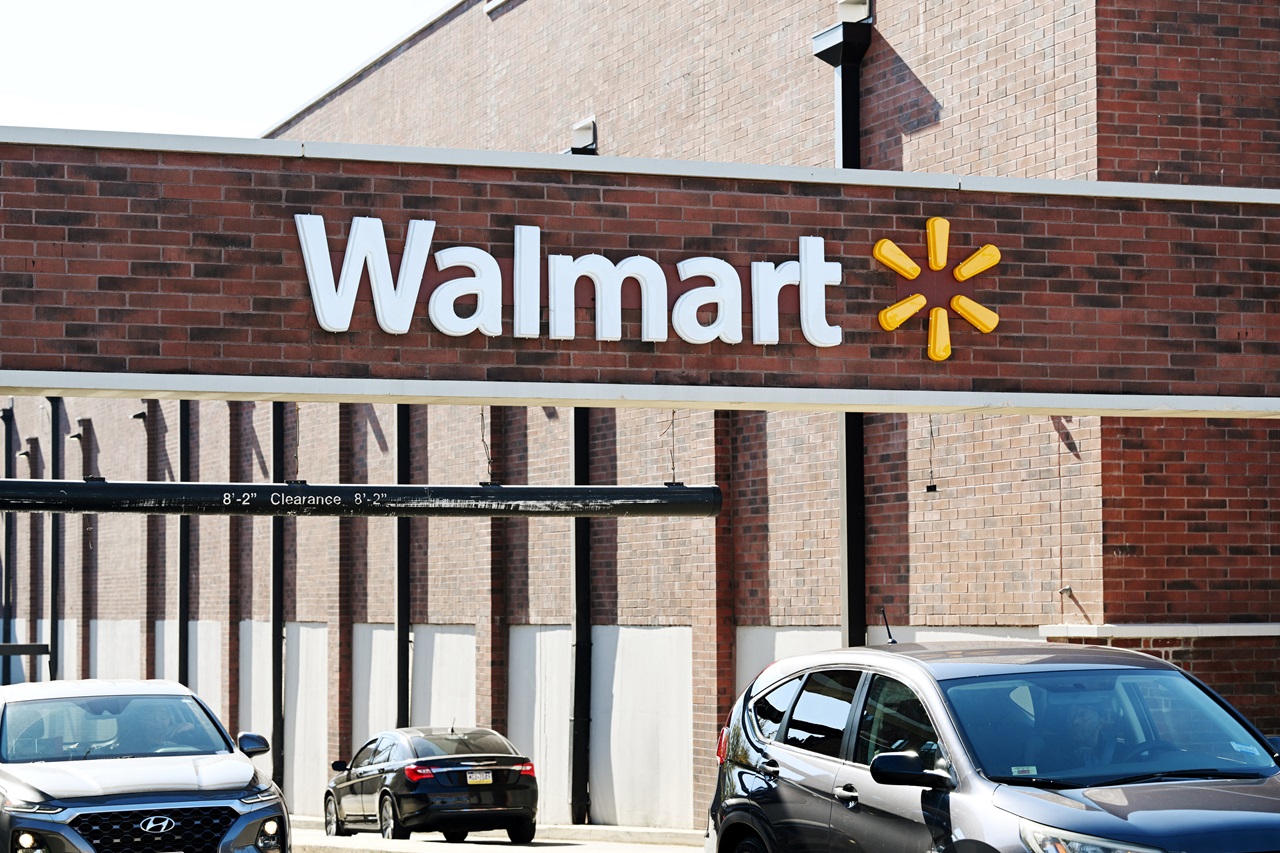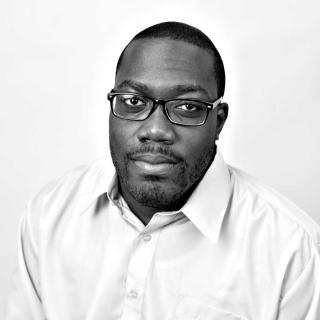
Addressing Philadelphia’s gun violence crisis
After a 30-year record in gun-related homicides in 2020 and a pace set to surpass it this year, city experts and officials took part in a virtual panel to…
While the entire world was faced with navigating a deadly pandemic throughout 2020, Philadelphia endured an additional one in the form of increased gun violence.
With 2021 halfway over, Philadelphia is on track to enduring an even worse year than the previous. With that reality, it leads to the very simple question: When is enough enough?
On July 15, the Community College of Philadelphia hosted a virtual discussion surrounding the gun violence facing our communities. The panelists discussed a variety of topics, including the role of the media in gun violence reporting, gun violence prevention, trauma-related resources, evidence-based solutions and more.
The conversation was hosted by Dr. Donald Generals, and moderated by Dr. Jessica Beard. The panelists for the discussion were Dr. Ruth Abaya, Manuel Smith, Prof. Malika Rahman, Councilmember Jamie Gauthier and Dr. Dorothy Johnson-Speight.
By the end of 2020, the city of Philadelphia reported a staggering 499 homicide victims, representing a more than 140% increase from 2019. Of those homicides, 417 were fatal shooting victims, which was a 30-year record in the city.
As of July 25, 2021, Philadelphia has already reported 315 homicides — a 31% increase from the same date in 2020. Of those homicides, 274 are fatal shooting victims.
The number of homicide victims in the city of Philadelphia has increased each year since 2016.
“These are just some of the facts of the tragedies that we, our families and neighborhoods, are dealing with on a daily basis,” said CCP President Dr. Donald Guy Generals.
He also noted that whether accidental or targeted, these shootings have consequences and the media can also play an important role in changing the way gun violence is told and addressed.
The Philadelphia Center for Gun Violence Reporting at CCP has been critical in doing just that by looking at the intersection between gun violence prevention, public health and the media.
“Our aim is really to deepen the media narrative on gun violence by collaborating with journalists and local organizations to raise voices from our community and explore root causes and solutions,” said Dr. Jessica Beard, director of research for Philadelphia Center for Gun Violence Reporting.
The CDC looks at a particular issue as a public health crisis by first understanding what the problem is, collecting data to determine the drivers and deterrents of the issue, and finally identifying measurable solutions for it that can then be implemented and scaled.
According to Dr. Ruth Abaya, emergency medicine physician at the Children’s Hospital of Philadelphia and injury prevention program manager at the City Department of Health, there are pieces of that public health model that can be used to look at gun violence in the city.
“Of course the fundamental problem is that people are losing their lives, and in addition to that, people are being traumatized and having long standing physical ailments as a result of their exposure to gun violence, and their communities are being traumatized,” she said.
She further noted that determining the drivers of that issue — whether it’s an inclination towards criminal behavior, disinvestment, a lack of opportunities and resources or something in between — is where a lot of progress can be made.
The kind of solution implemented to address the problem has to directly impact that specific driver.
Philadelphia City Councilmember Jamie Gauthier underscored that one area she would like to see improved in the way we address gun violence is by expanding data accessibility, including making it easier to locate where in the city gun violence is most prevalent and making that data easily accessible to the population.
She likened it to the COVID-19 dashboard that tracks coronavirus infections in real-time.
“I’d like to see the Mayor invest and grow these efforts in a way that, I think, will allow us to understand gun violence better and tailor our prevention and intervention better, as well,” said Gauthier.
In addition to that, Gauthier said it is also important that people believe in the data that is being put out there, and invest accordingly.
If the numbers show that communities with more opportunities and resources have a lower rate of homicide and crime, the solution should go towards more investment and not necessarily more enforcement.
“I think our city will move further when we actually believe what the data is telling us, and shift our budget to match what the data is telling us.”
Dr. Dorothy Johnson-Speight, executive director of Mothers in Charge, added to that point by noting that gun violence is the leading cause of death for African-American males between the ages of 14 and 34.
She noted that given those numbers, gun violence should be treated in the same way COVID-19 and the opioid crisis have been treated.
“There has to be real investments to address the issues as if it’s a public health crisis,” said Dr. Johnson-Speight.
However, Dr. Abaya noted many of the solutions that aim to permanently fix gun violence in our communities are multi-year solutions that help address it not only today, but also down the line so the same conversation doesn't have to take place decades later.
“There are things we could have done in the 90s that would have made it very different right now in 2021,” she said.
Prof. Malika Rahman, criminal justice faculty at CCP, noted beyond what the data shows, there is a great toll on the physical, emotional and mental effects of gun violence on the community.
“The data is important, but if we are not going to address the detriment that gun violence is having on our community, then all we’re going to keep doing is crunching numbers,” she said.
RELATED CONTENT
There are many programs and organizations across the nation that work to address growing gun violence within their respective neighborhoods.
One such organization is Advance Peace, founded in 2010. Based in Richmond, California, the program's goal is to reduce gun violence in urban neighborhoods by providing cash stipends to those who are identified as most likely to commit violent crimes.
The organization invests in the development, health and wellbeing of those at the center of the crisis.
Another organization is Readi. Based in Chicago, this program works towards building safer communities by addressing trauma and increasing opportunities for men most likely to experience gun violence.
“These types of programs are like fellowships,” said Dr. Abaya. “They provide an opportunity, a long engagement… in which they provide people with job training, with paid employment and then with therapy.”
She detailed that the multiple layers in which these programs function provides a way forward that can both address prevention efforts and provide therapy for those who have already been affected.
The cost of these programs may vary from city to city; however, the data shows promising results.
Prof. Rahman highlighted that there is no one specific way to address the overarching issue of gun violence, and that we all can play a role in figuring out way to bring money into our communities.
She also pointed to one specific reason gun violence is the way it is.
“From a statistical standpoint, the reason why homicides are at such a high level is because we don’t teach conflict resolution anymore,” said Prof. Rahman. “Our people are failing to communicate effectively with each other.”
Addressing this particular issue starts by addressing the youth in our communities.
Beyond the numbers, one of the most effective ways to address gun violence is to talk to members of the communities that are being most affected.
By addressing the needs of those living directly in the community, the outcome is then measurable based on the impact it later has on those communities.
“Community involvement and community trust also brings about empowerment,” said Dr. Johnson-Speight.
“Our communities don’t feel empowered. They don’t think that anything is going to change because they don’t have a voice.”
Involving and engaging community members in these discussions can go a long way towards instilling the belief that their voices can make a positive difference.
“If you feel you’re making a difference, you feel empowered, and that needs to be across the board, in becoming contagious almost,” added Dr. Johnson-Speight. “And then you begin to see change and you begin to see hope.”











LEAVE A COMMENT:
Join the discussion! Leave a comment.